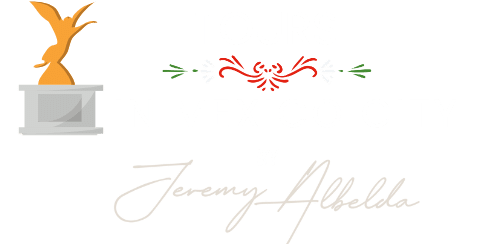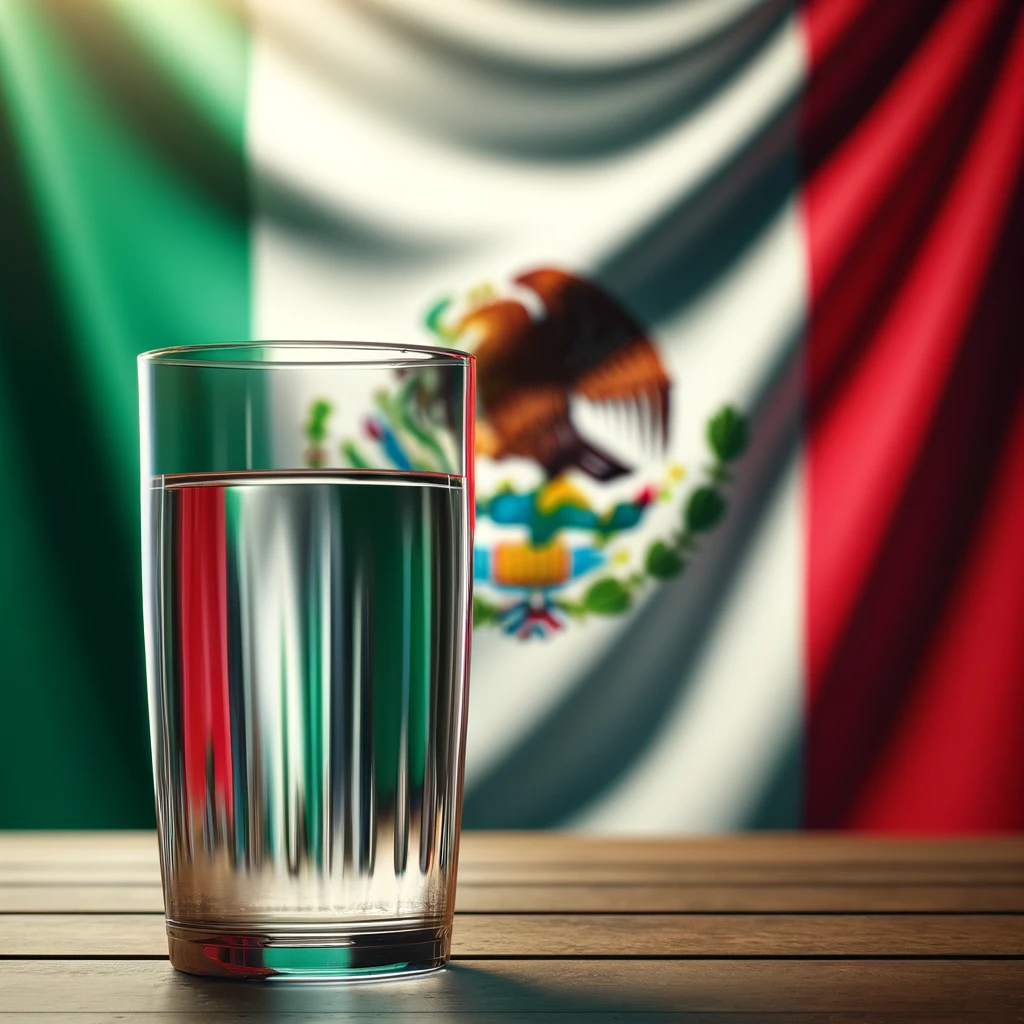Many of you may be used to turning on your faucet, expecting a crystal-clear stream of drinkable water. This isn’t a hypothetical scenario for many residents in Mexico City, where tap water quality is a pressing concern. From taste to safety, there’s more to Mexico City’s tap water than meets the eye. We researched the complex tapestry of Mexico City’s tap water, and why when it comes to water, it’s not just about quenching thirst, it’s about health, sustainability, and the future of a city.
FAQ
Can I brush my teeth with tap water in Mexico City?
While tap water in Mexico City is generally not recommended for drinking due to potential contamination risks, it is usually safe for brushing teeth. However, some travelers prefer to use bottled water for all oral hygiene practices to avoid any potential issues.
Can I drink the tap water in Mexico City?
It is advisable to avoid drinking unfiltered tap water in Mexico City due to contamination concerns. Most locals and visitors opt for bottled or filtered water to ensure safe consumption.
Do restaurants in Mexico City use filtered water?
Restaurants in Mexico City are required by law to provide filtered water for their patrons, either from the tap or bottled. Therefore, when dining out in Mexico City, you can typically request filtered water to accompany your meal.
Can you drink coffee in Mexico City?
Coffee in Mexico City is generally safe to drink, especially if it is made with boiled or filtered water. However, to be cautious, you can ask for your coffee to be prepared with bottled or filtered water in restaurants or cafes.
Understanding the Basics of Mexico City’s Water Supply
To fully grasp the scope of Mexico City’s tap water issue, a fundamental understanding of its water supply system becomes crucial. It involves the sources of tap water, the transport infrastructure, and distribution logistics across the sprawling metropolis.
Sources of Tap Water in Mexico City
Mexico City’s tap water originates mainly from two different sources. First, a substantial 70% of the water supply comes from underground aquifers located within the city’s valley. For instance, the Chiconautla aquifer, a major reservoir, services millions of residents daily. However, excessive withdrawal from these sources has led to concerns about long-term sustainability.
The remaining 30% is sourced from external systems like the Cutzamala system that brings water from distant reservoirs. These bodies of water, such as the Lerma and Tula Rivers, are substantial surface supplies used to supplement the city’s water needs.
Infrastructure Involved in Water Transportation
The water transportation system in Mexico City is a vast and complex network, striving to deliver clean water to over 20 million residents. This infrastructure involves large-capacity water pipes, pumping stations, and water treatment facilities.
The tap water, once sourced, undergoes extensive treatment procedures at sites like the Atotonilco Treatment Plant. Said plant purifies an impressive 23 cubic meters of water per second. From these large plants, water gets pumped into the city’s primary pipelines.
Following this, an extensive network of secondary and tertiary pipes distributes the water across the city. For example, the major arterial Cuemanco conduit carries a significant amount of treated water to the city’s south. Despite concerted efforts, aging infrastructure and leakages—a whopping 40% of the water supply gets lost in transit—pose big hurdles to efficient distribution.
To overcome these challenges, Mexico City is continually striving to update and improve its existing water transport infrastructure, although this proves an uphill task given the city’s size and population. It’s now evident that understanding the tap water issue extends beyond quality concerns, delving into the core of the city’s supply chain. By acknowledging the sources of water and the intricate networks that transport it, you paint a complete picture of the situation on the ground.
Quality of Mexico City Tap Water
Understanding the quality of Mexico City’s tap water involves a closer look at government standards for drinking water and the known contaminants in the water supply locally.
Known Contaminants in Mexico City Water Supply
Despite rigorous standards, Mexico City’s tap water contains numerous known contaminants. The city’s over-extraction of water from its underground aquifers leads to land subsidence, causing pipes to crack and consequently allowing contaminants to permeate.
Aging infrastructure exacerbates this issue, contributing to the presence of contaminants like E. coli bacteria and heavy metals like lead and arsenic. A study conducted by the National Autonomous University of Mexico (UNAM) detected one such contaminant, Giardia, a waterborne parasite causing gastrointestinal disorders, in the city’s tap water.
Similarly, excessive chlorine used in the disinfection process creates by-products like trihalomethanes which, at high levels, can pose health risks.
It’s important to note, however, that measures like boiling can significantly reduce the risks associated with these contaminants.
Health Implications of Drinking Tap Water in Mexico City
Unveiling the health implications that drinking tap water in Mexico City might bring, this section scrutinizes both short-term and long-term risks.
Potential Short-Term Health Risks
Drinking Mexico City’s tap water can expose you to immediate health risks, mainly due to the presence of harmful microorganisms. Contaminants such as E. coli bacteria and parasites like Giardia, as previously discussed, can lead to gastrointestinal disorders.
Symptoms might include diarrhea, stomach cramps, nausea, and vomiting. Drinking moderately chlorinated water doesn’t typically provoke severe health implications, but in some people, it can cause minor digestive discomfort and skin irritation. It’s crucial to remember, these are potential risks, dependent upon the degree of water contamination and individual’s susceptibility.
Tips for Tourists: Dealing with Tap Water in Mexico City
As outlined in the preceding sections, Mexico City’s tap water quality is a contentious issue. If you’re a tourist visiting this bustling metropolis, managing tap water effectively requires specific guidelines.
Drinking Tap Water: To Do or Not to Do?
Steering clear from directly consuming tap water in Mexico City is the common advice provided by many travel websites, health organizations, and even locals. This suggestion stems from the fact that Mexico City’s infrastructure poses challenges for maintaining water cleanliness and safety.
Unlike New York or Los Angeles, untreated water might reach your tap more commonly owing to inequitable distribution systems or ineffective treatment processes. However, don’t let this scare you away.
Armed with sound knowledge can make a world of difference in your travel experience. For instance, consider sticking to bottled water. It’s the safest bet, ensuring you stay well-hydrated without the fear of waterborne diseases.
Eating and Cooking with Tap Water in Mexico City
The discourse about drinking water often takes center stage, but let’s not neglect the issue of cooking or eating with tap water. A safe rule of thumb is to avoid using tap water for cooking or rinsing fresh produce. Bottled water works best here.
Mexican street food is world-renowned, but when choosing where to eat, it’s a good idea to consider how they handle water. Opt for vendors that use purified water for cooking, as this practice significantly reduces the risk of foodborne diseases.
Mexico City’s Water Crisis
The water crisis in Mexico City is a severe issue caused by a combination of factors including geography, growth, leaky infrastructure, and the effects of climate change. The city’s water shortage has led to significant challenges for its residents, with some areas experiencing long periods without running water, contaminated water supply, and reliance on private water tanks for basic needs.
Efforts to address the crisis include initiatives like Mexico City’s Water Fund, which aims to implement nature-based solutions, improve public policies, and prepare the city for future water challenges exacerbated by climate change and population growth.
As a result, many neighborhoods are experiencing water scarcity, with some going weeks without running water. The city’s main water supply system, the Cutzamala System, is currently at only 40% capacity.
Experts warn that Mexico City could potentially run out of water completely by as soon as June 2024 if the crisis is not addressed. The water crisis is having significant impacts on residents, who are having to resort to measures like recycling water, buying bottled water, and relying on water delivery trucks. The situation is considered a long-standing challenge for the city, exacerbated by climate change, that requires major infrastructure improvements and water management reforms.

